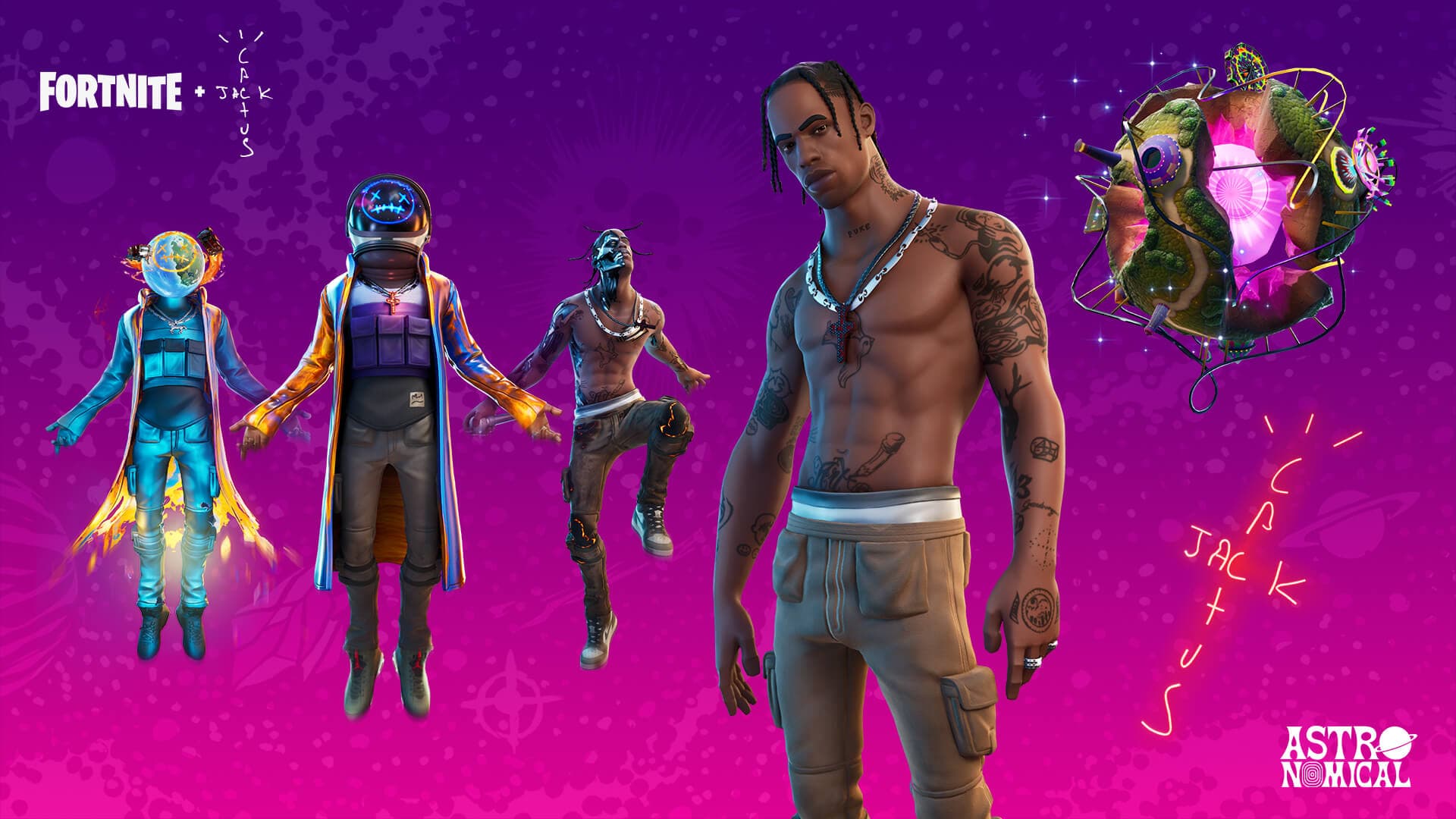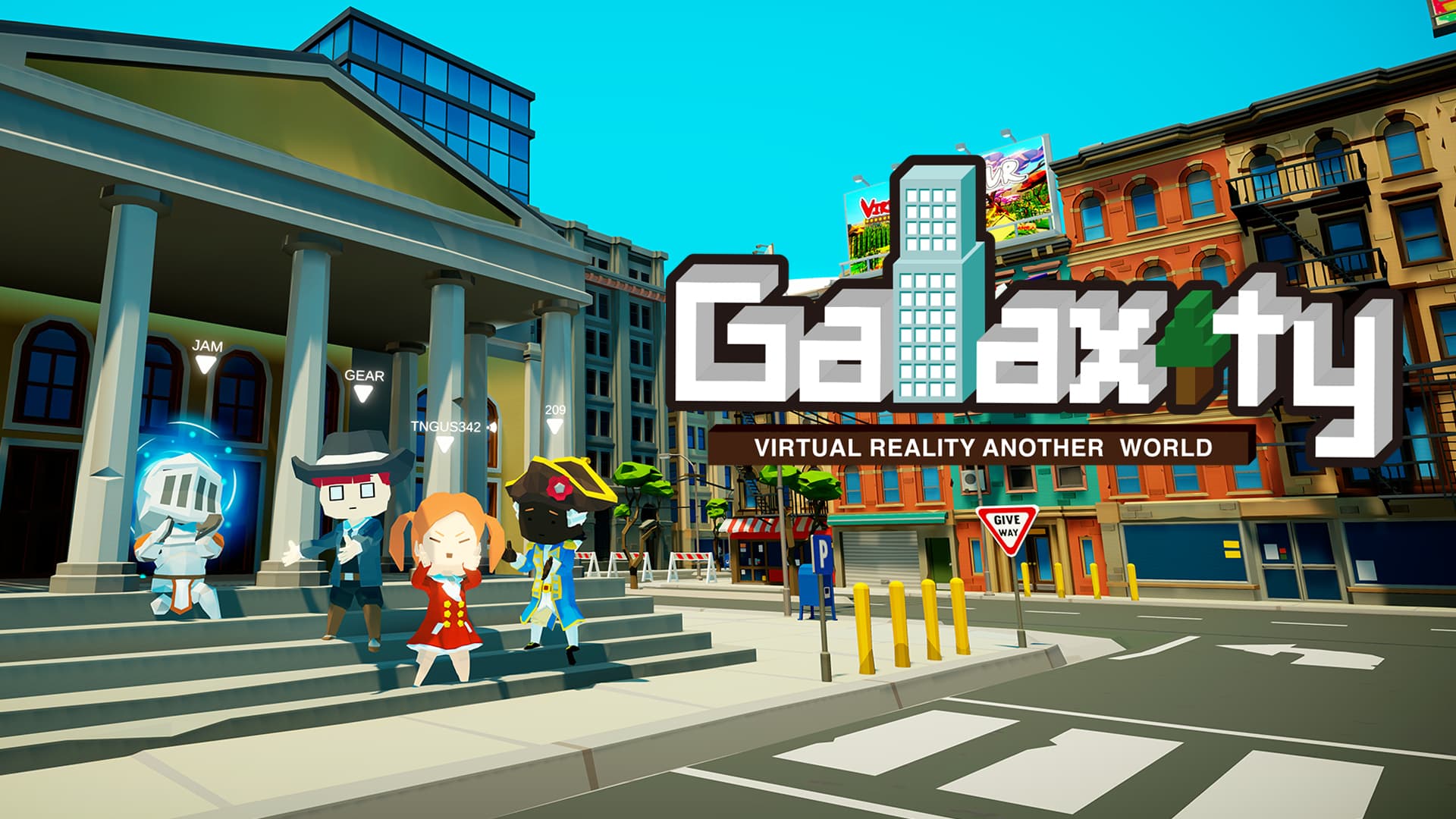Seung-hoon Woo / Director, VR Game Developer, Mammossix
The COVID-10 pandemic brings a contact-less era closer to us.
The COVID-19 pandemic which has arrived without a warning completely changed our everyday lives. We cannot meet people or do things outside freely as before because we have to stop the virus from spreading. There is no promise of ending this pandemic which we had expected to end in few months like SARS, the swine flue or MERS.
Contact-less interactions have become more common than fact-to-face interactions in this pandemic. The students are staying at home, the businesses are promoting remote working and it’s not uncommon to carry out classes and meetings virtually. As most social activities are carried out in contact-less ways, new concepts have been receiving a lot of attention trends that will lead our future society and they are, VR and metaverse.
So what do they mean and how should we interpret these trends?
VR is a method of depiction.
The Korea Creative Content Agency (KOCCA) looked at the changes in daily domestic media device usage before and after the global coronavirus pandemic in 2020 and found that the VR device usage has increased 37.9%, recording an all-time-high usage. More people became stay-at-homers because of social distancing and the virtual reality industry which had been in a bit of a slump was revived because of those people.
Virtual reality includes both VR and AR. But technologically, VR and AR are two different concepts.
Virtual Reality (VR) recreates and shows the environment surrounding us in 3D. It’s a technology that recreates a new world. The “OASIS” in Steven Spielberg’s science fiction action-adventure film, “Ready Player One” is a VR world. People have only been able to experience VR through VR games in theme parks and shopping malls but now with all the latest personal VR devices, people can experience these VR worlds right from their home.
Augmented Reality (AR) on the other hand, is a technology that overlays digital content and information onto the physical world. It’s about creating virtual objects in a real physical space. The GPS-based AR game Pokémon Go which was a sensation few years back is a good example. The players had to catch a Pokémon in the ‘real world’ via your phone screen.
The industry that has experienced that all-time-biggest increase in usage is the VR industry. More people were stuck at home because of the pandemic and the needs for a technology that creates a virtual world have increased. VR is an amazing method for depicting a 3D virtual world. People can escape everyday life though their computers and smartphones but the “immersion” VR offers cannot be replicated by any other platform or technology.
Metaverse is a method of consumption.
Last April when all concerts were being canceled because of the pandemic, online game Fortnite hosted America’s famous rapper Travis Scott’s virtual concert. 12.3 million concurrent players participated live and danced with the huge Travis Scott avatar and this virtual concert grossed some $20 million. This space in the game Fortnite where the virtual concert was held is called a “metaverse”.
“Metaverse” is made up of the prefix “meta” meaning beyond and the stem “verse” meaning “universe” and it is a 3D virtual shared space. The users like the players that participated in Travis Scott’s concert, not only get to play games or enjoy the virtual world as avatars but participate in social and cultural activities. It is a new social world people can be in in this contact-less era we’re living in. Roblox for example allows the users to create their own custom games in a metaverse and generate profit by owning, investing in and getting rewards from these games.
Metaverse is nothing new. For instance, in Korea, there is an online game service called Lineage. In this game which was launched in 1998, the players can not only join battles but socialize with other players and actively participate in social and cultural activities as part of what’s called a blood pledge with a specific set of rules. Of course, the players can participate in economic activities by trading game items and goods. This is practically a metaverse.
But Lineage players in the past were viewed as losers or game addicts. The issue of in-game conflicts becoming real-life fights was reported in the media and Lineage was even called a social evil at some point. It’s ironic because what’s been a social evil is now regarded as a trend that will lead the future society.
The unique nature of metaverse is that the users get to share and consume the same content in the same space and time. For a metaverse to exist, there has to be a space that the users can be in together and in this space, the users have to be connected to each other. No matter how amazing a space is, if it cannot be shared with others, it soon loses its merit and cannot create any value.
Metaverse became possible thanks to remarkable advances in 3d manufacturing technologies and high-speed network technologies. These cutting-edge technologies will advance even further and the things we’ve been sharing and consuming under so many barriers in the offline world will be shared and consumed with people all around the world more freely in metaverses.
So, what is the object of this trend?
We’ve look at these new trends called VR and metaverse. In summary, we can say that in the future, “people would be able to immersively consume in metaverses created by VR technologies.” But it feels like something is missing. This sentence lacks what we can consume.
Something needs to be shared, consumed and depicted. Well, Travis Scott’s concert or Roblox’s custom games are those things. A metaverse in Fortnite or Roblox’s platform can be realistically created using VR and if we can do that, the joy will be even greater.
A space without an object will feel empty and the users will soon lose their interest. A countless number of 3D online games has vanished because they failed to meet users’ expectations and even today, so many ambitiously launched VR content simply end up only as a one-time viral sensation. What we have to think about is not “How” but “What” are we going to enjoy in VR.
So, the important thing is not the technology but the content.
Let’s say you’re cooking some ramen noodles. Ramen noodles taste the best when they’re boiled in nickel-silver pots which have a high thermal conductivity. You have to boil the noodles fast in high heat to taste perfectly chewy noodles that are not too mushy. Also, everyone knows that few bites of ramen noodles cooked by others is better than noodles cooked by themselves.
Here, the content is ramen and the nickel-silver pot is VR. The space where you share the ramen called be the metaverse. We have a good, fast-boiling pot and a space that can be shared with others. Now, we have to think about what we’re going to cook in this pot.
Mammossix which I’m a part of, has experimented with 24 topics in a VR metaverse over the past 3 years. And I can confidently say that there is no one in Korea that has tested more cases than us. But we’re still learning new things everyday. We’re a startup after all and we try to challenge ourselves and explore new areas.
“Content is king” said Bill Gates in 1996.
25 years have passed since then. Many businesses from various fields have been regarded as kings. Very few of them have successfully adapted to changes and are maintaining their massive wealth and power but many of them have come down from their reigns. And changes always bring new kings to our world.
The world is going through another big change. The COVID-19 pandemic has brought a contact-less era closer to us. Who will be the king of this era?




